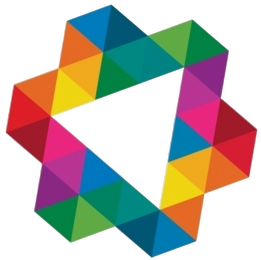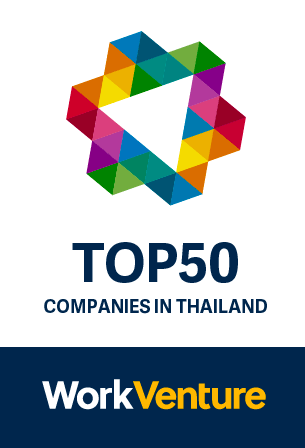ประกาศงานนี้หมดอายุแล้ว
[Bangchak] Senior Human Resources Development Officer
ที่บริษัท บางจาก คอร์ปอเรชั่น จํากัด (มหาชน)Job Description
- Design training strategy and content development by role and function, ensuring alignment with organizational competency framework and business needs.
- Develop and manage core program, management-level and leadership training programs, integrating with business cases, simulation, and experiential learning approaches to ensure effectiveness of training delivery and cost.
- Develop and execute training roadmaps by setting up annual learning plans for employees at focused/all levels.
- Conduct Training Needs Analysis (TNA) in collaboration with departments to identify skill gaps and define competency-based development plans.
- Evaluate the effectiveness of training programs and make data-driven improvements together with tracking training Return on Investment (ROI).
- Design targeted career development interventions, including Individual Development Plans (IDPs), Career Passport programs, and Succession Planning pipelines, to close identified competency and performance gaps based on organizational and individual needs.
- Provide expert advice to line managers on applying effective human resources practices to improve team and organizational efficiency.
- Lead initiatives in learning innovation, including blended learning, e-learning platform development (e.g., LMS), coaching, and mentoring programs.
- Leverage data analytics and AI tools to identify current and emerging skill gaps, predict future capability needs, and personalize learning interventions across functions
- Develop and maintain learning analytics dashboards to track employee progress, training effectiveness, and measure impact on performance and business outcomes.
Qualifications
- Bachelor’s degree or higher in Human Resource Management/Development, Business Administration, Industrial-Organizational Psychology, or a related field.
- Minimum of 10 years’ experience in human resource development, learning and development , organizational development, or talent management.
- Proven experience in full-cycle program design and delivery
- Strong and In-depth knowledge and practical understanding of HRD methodologies, competency management systems, and digital learning platforms (e.g., LMS, e-learning tools).
- Strong analytical, project management, and problem-solving skills.
- Demonstrated ability to apply data analytics and AI tools in identifying learning gaps, measuring training ROI, and driving continuous improvement.
- Excellent interpersonal, communication, consulting, and cross-functional collaboration skills.
- Holding professional certifications in HRD or talent development (e.g., ATD, CPTD, SHRM) is a plus.
ประสบการณ์ที่จำเป็น
- ไม่ระบุประสบการณ์ขั้นต่ำ
เงินเดือน
- สามารถต่อรองได้
สายงาน
- บริหารทรัพยากรบุคคล
ประเภทงาน
- งานประจำ
เกี่ยวกับบริษัท
บริษัท บางจาก คอร์ปอเรชั่น จำกัด (มหาชน) เป็นบริษัทพลังงานชั้นนำของไทยที่ดำเนินธุรกิจภายใต้แนวคิดการพัฒนาอย่างยั่งยืน พร้อมด้วยความมุ่งมั่นในการสร้างนวัตกรรม และมีบทบาทสำคัญในการพัฒนาประเทศ โดยมีธุรกิจหลักครอบคลุมตั้งแต่การกลั่นและจำหน่ายน้ำมัน พลังงานหมุนเวียน ผลิตภัณฑ์ชีวภ ...
ร่วมงานกับเรา: บางจากให้ความสำคัญกับ “บุคลากร” ในฐานะพลังขับเคลื่อนสำคัญของการเติบโตอย่างยั่งยืน เราสร้างสภาพแวดล้อมการทำงานที่เปิดกว้างสำหรับการคิดนอกกรอบ ส่งเสริมนวัตกรรม และเปิดโอกาสให้พนักงานได้มีบทบาทในการเปลี่ยนแปลงและพัฒนาองค์กรให้ทันสมัย และตอบโจทย์ความต้องการของโลกยุคใหม่ ไม่ว่าคุณจะท ...
สวัสดิการ
- กองทุนบำเหน็จบำนาญ
- การพัฒนาเพื่อความเป็นมืออาชีพ
- ทำงาน 5 วัน/สัปดาห์
- ประกันสังคม
- ฝึกอบรม
- โอกาสในการเรียนรู้และพัฒนา
- ประกันทันตกรรม
- เครื่องแบบพนักงาน
- โครงการส่งเสริมคุณภาพชีวิต
- ชั่วโมงทำงานยืดหยุ่น
- สมาชิกฟิตเนส
- จ่ายค่าทำงานล่วงเวลา
- ค่าเดินทาง
- โทรศัพท์บริษัท

















